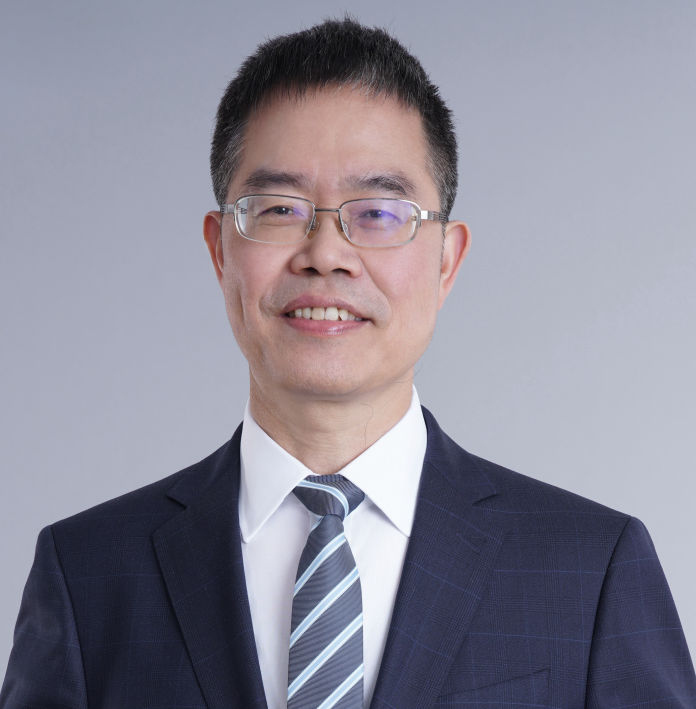Keynote Speaker
Biography
Hui-Ming Cheng graduated from Hunan University, China in 1984 and received his Ph. D in 1992 from Institute of Metal Research, Chinese Academy of Sciences (IMR CAS). He is the director of both the Advanced Carbon Research Division of Shenyang National Laboratory for Materials Science, IMR CAS since 2001, and the Institute of Technology for Carbon Neutrality, Shenzhen Institute of Advanced Technology, Chinese Academy of Sciences since 2021. He is a member of Chinese Academy of Sciences and a fellow of TWAS. He used to work at Kyushu Research Center of AIST and Nagasaki University, Japan from 1990 to 1993 and MIT, USA from 1997 to 1998.
His research activities focus on carbon nanotubes, graphene, other 2D materials, energy storage materials and photocatalytic materials. He has published over 850 papers and is a Highly Cited Researcher in both chemistry and materials science fields. He has given over 200 plenary/keynote/invited lectures at various conferences, and won three State Natural Science Award of China (2006, 2017 and 2020), Charles E. Pettinos Award from American Carbon Society, Felcht Award from SGL, Germany, and ACS Nano Lecture Award. He has also spun off several high-tech companies. He used to be an Editor of Carbon from 2000 to 2015 and Editor-in-Chief of New Carbon Materials from 1998 to 2015, and now is the founding Editor-in-Chief of Energy Storage Materials and Associate Editor of Science China Materials.
Development of batteries for energy storage from a viewpoint of resource sustainability
Hui-Ming CHENG 1, 2
1 Institute of Technology for Carbon Neutrality, Shenzhen Institute of Advanced Technology, Chinese Academy of Sciences
2 Shenyang National Laboratory for Materials Science, Institute of Metal Research, Chinese Academy of Sciences
Keywords: Energy storage, lithium-ion battery, dual-ion battery, resource, recycling
Abstract
Electrical energy storage is becoming more and more important due to the widespread use of electrical vehicles and large-scale storage of electricity from wind farms and solar power plants for grid. Lithium-ion batteries are taking a dominant role in these fields, and their consumption is exponentially increasing in recent years. However, the major elements of lithium, cobalt, nickel, etc. used in lithium-ion batteries are either rare or geographically unbalanced, mostly relying on import. Therefore, it is essential to find some alternative ways to replace lithium-ion batteries or to recycle these substances greenly and efficiently. We have attempted in both ways in recent years. On the one hand, we have tried to explore resource-abundant dual-ion batteries and multiple ion batteries, and on the other hand, we have making efforts to directly recycle electrode materials from the spent lithium batteries in a green, cost-effective, and short-processing ways. In particular, we have obtained high-voltage cathode materials, regenerated graphite anode materials, and multi-functional high-performance electrocatalysts from the spent lithium-ion batteries with good feasibility based on technical economic analysis.

